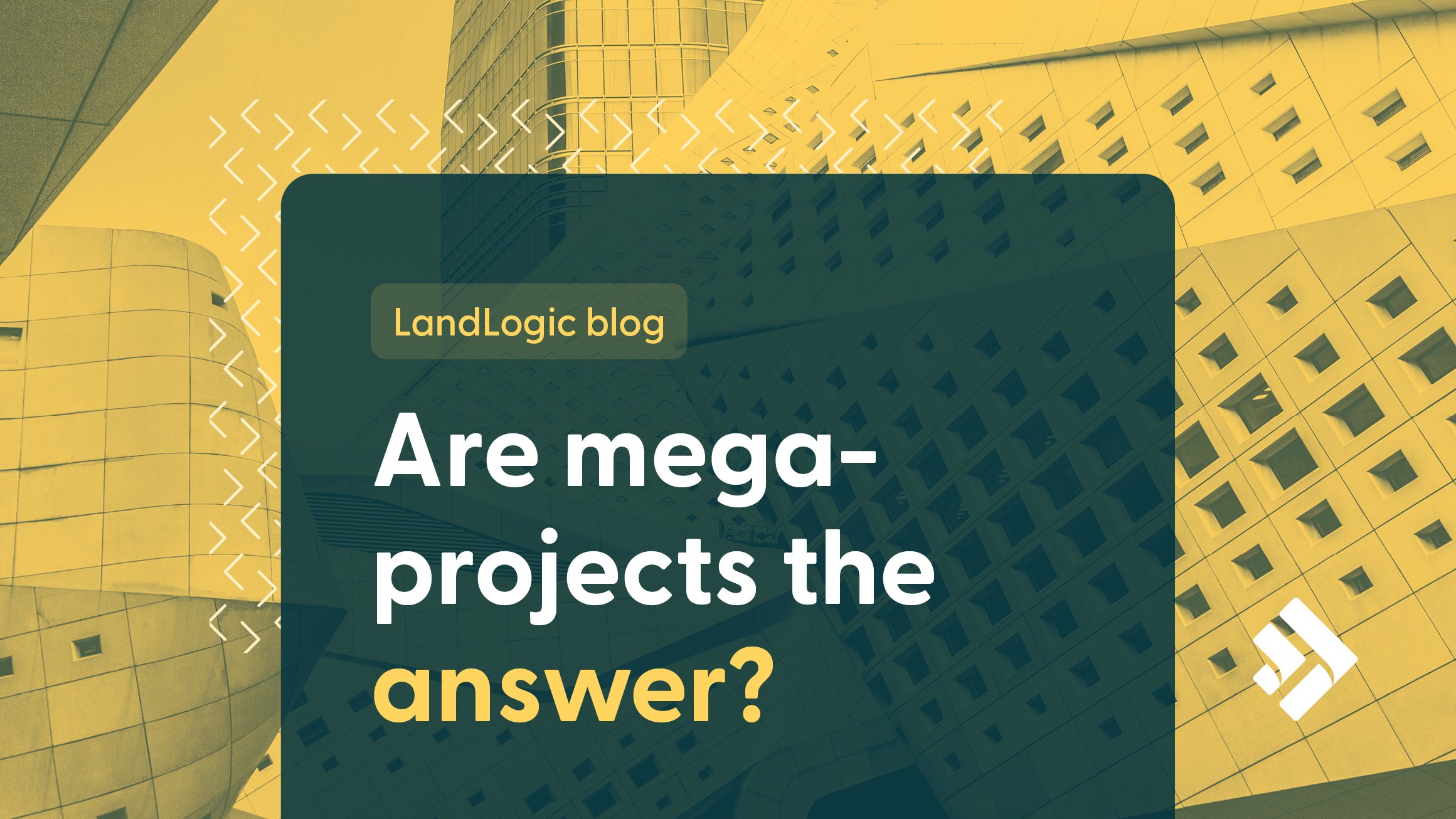The power of guerrilla urbanism and community engagement
Urban development in Canada is often slowed by complex regulatory landscapes, long approval processes, and public resistance. This complexity not only extends timelines but also elevates costs.
But what if we could skip all that?
Imagine a world where we circumvent these arduous timelines and get right to work. This vision is made tangible by Better Block, a U.S.-based non-profit that reimagines underutilized spaces through rapid, community-driven revitalization efforts, demonstrating the transformative power of temporary urban interventions.
Better Block's projects act as prototypes for revitalizing underused blocks through short-term, community-led efforts, demonstrating the potential for lasting urban improvement. These projects, ranging from temporary bike lanes to pop-up businesses, not only invigorate community spirit but also showcase the possibilities of urban development ideas.
Their hands-on approach and methodology are tinged with humor and boldness. As the CEO quipped in his TEDx video, “we can break every law and rule we want, as long as we wear an orange vest.” This statement, while tongue-in-cheek, underscores the group's willingness to push boundaries and challenge conventional bureaucracy to make immediate, impactful changes in communities. Such boldness is emblematic of Guerilla Urbanism, where the goal is to test ideas in real-time, demonstrating the transformative potential of collaborative, community-led projects.
By operating as guerilla-like proof-of-concepts, these urban “experiments” can lead to tangible improvements and even potential policy shifts. The most interesting thing about the grassroots nature of Better Block projects is their ability to rapidly test and demonstrate the benefits of various urban ideas at a low cost.
The principles behind Better Block, though originating in the U.S., could be adapted to address specific challenges and opportunities within Canadian municipalities. The proof-of-concept nature and adaptability could help foster increased community engagement and smarter urban planning, especially in the areas facing socioeconomic challenges.
━━
The potential of concepts like Better Block to inspire and guide urban development in Canadian cities is immense.
Guerilla Urbanism, like Better Block's approach, challenges traditional municipal planning by advocating for temporary, cost-effective solutions to revitalize neglected areas. While promising, these innovative solutions don’t address the many complexities of the development approval process. Instead, they act as catalysts for change, highlighting what’s possible. While they do encourage community engagement, the need to navigate formal planning and regulatory frameworks for permanent transformation can’t be replaced.
The potential of concepts like Better Block to inspire and guide urban development in Canadian cities is immense. Perhaps if we can integrate community-led projects like this into the fabric of our planning process we can better illustrate what is possible in a neighbourhood, with limited cost, and possibly even expedite improvements.
It's important to remember that these temporary projects complement rather than replace the structured development process and can only be applied to small-scale projects. It’s difficult to imagine applying it to any large development, like building a 40-story condo. Large developments require extensive planning, financing, and regulatory approval processes that address a wide range of factors including structural safety, environmental impact, and long-term urban planning goals. While the principles of community engagement and innovative use of space can inform aspects of large developments, the scale and permanence of such projects necessitate a much more complex and formalized planning process.



















